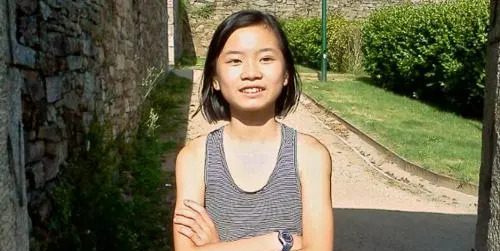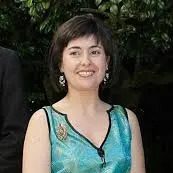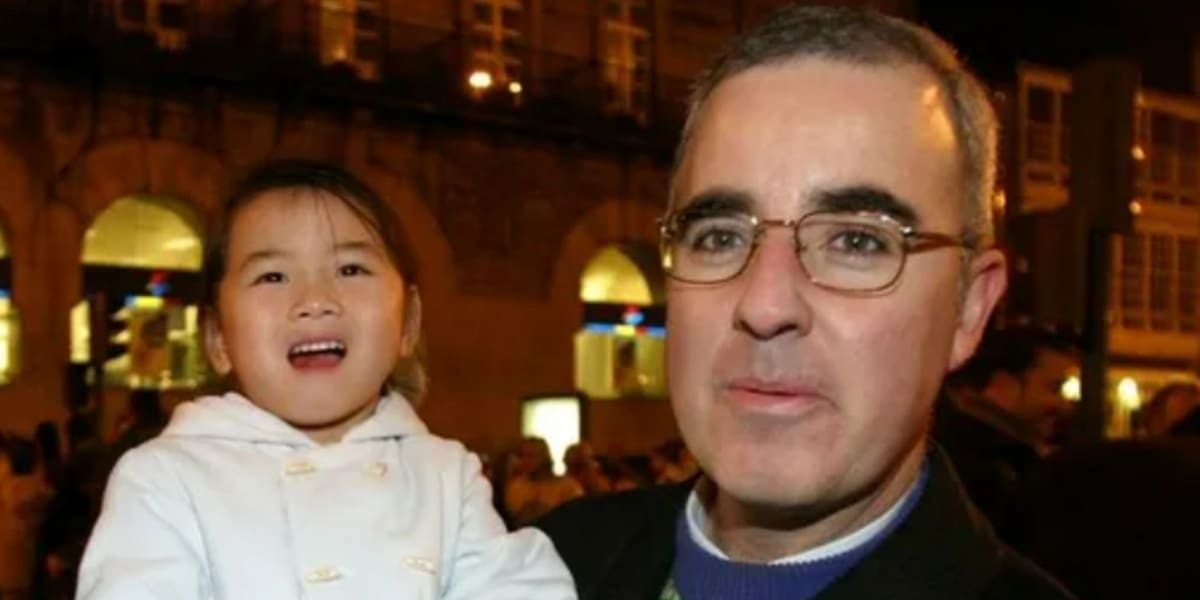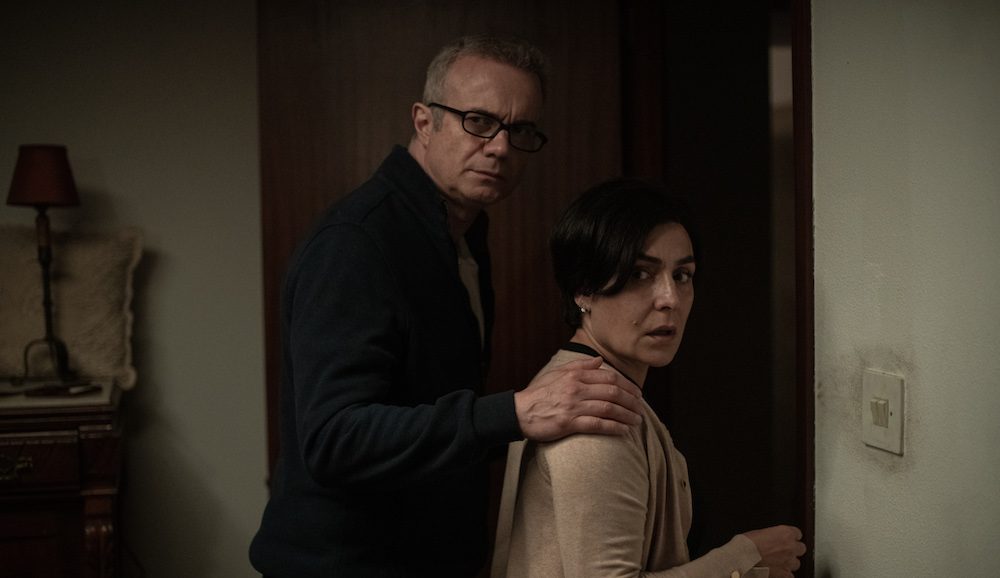Created by Ramón Campos, Jon de la Cuesta, and Gema R. Neira, Netflix’s ‘The Asunta Case’ is a television mini-series that revolves around the homicide of a 12-year-old girl named Asunta Basterra, whose lifeless body is discovered near her residence in Galicia, Spain. As the inquiry unfolds, her adoptive guardians become prime suspects in the tragedy. With mounting evidence implicating the parents, the media becomes consumed by the case, fueling speculation and levying accusations in an attempt to uncover the truth.
The series is rooted in events that unfolded in Spain in 2013 but goes beyond that. Seen from a larger perspective, the series attempts to understand the repercussions of such crimes that reverberate through a community for years. The effects of media attention on an ongoing investigation and the need for sensitization are all themes touched upon in the series. The question is how these real-life incidents have been interwoven into a storyline that justifies these speculations.
The Murder of Asunta Basterra
Asunta Basterra entered the world under the name Fang Yong, born on September 30, 2000, in Hunan, China. At the age of just nine months, she was adopted by Rosario Porto and Alfonso Basterra, an affluent couple hailing from Santiago de Compostela, Galicia, in Spain. Porto, a respected lawyer from a prominent local family, had been appointed as the consul to France following in her father’s footsteps, while Basterra, a journalist, had crossed paths with Porto, leading to their marriage in 1996. Porto’s diagnosis of Lupus erythematosus prompted the couple to opt for adoption and not a biological pregnancy.

Asunta blossomed during her upbringing under her parents’ care, becoming the first Chinese child to be adopted in Santiago and among the first in Galicia. As she matured, she enthusiastically engaged in various pursuits, including ballet, violin, and piano, and excelled academically. Esteemed by her extended family, Asunta was particularly cherished by her maternal grandparents. However, the family encountered turmoil in January 2013 when Basterra discovered Porto’s infidelity, leading to their separation.
During this period, Porto experienced intermittent episodes of depression, prompting Basterra to relocate to a residence near Porto’s home to remain close to their daughter and provide support to Porto. However, on September 21, 2013, mere days before Asunta’s 13th birthday, Porto reported her missing around 10 p.m. She claimed to have last seen her daughter at approximately 7 p.m. before departing for a family home in Teo. Upon returning, Porto discovered that Asunta was no longer present.

On September 22, at approximately 1 a.m., a passerby discovered Asunta’s body along the side of a mountain road in Teo. Forensic examinations revealed that she had succumbed to asphyxiation and had consumed around twenty-seven Lorazepam pills before her death. The precise timing of her demise remained uncertain, though an approximate window between 7 p.m. and 8 p.m. on September 21 was suggested. Subsequently, on September 24, Porto was arrested under suspicion of homicide, followed by Basterra’s arrest on September 25.
The police analyzed the evidence they had gathered since the discovery of Asunta’s body. Their initial step was to review CCTV footage to validate the timeline provided by Porto. Contrary to her statement, footage revealed that Asunta had not remained at home but had been spotted near a gas station in the company of her mother. Further investigation revealed Porto and Asunta were in Teo between 6 p.m. and 9 p.m. Additionally, surveillance footage depicted Basterra’s presence near the crime scene on numerous occasions.

Just months before the murder, Asunta’s music teacher observed her appearing lethargic and drowsy during lessons, performing poorly on two separate occasions. Suspecting foul play, the headmistress raised concerns that Asunta may have been drugged. When questioned, Asunta disclosed that her mother frequently administered a distasteful white powder to her. However, this alarming incident went unreported to the police or any authorities. Moreover, toxicology reports revealed that Asunta had been subjected to elevated doses of lorazepam for a minimum of three months leading up to the murder.
A distant family member made allegations suggesting that the crime was motivated by financial gain, pointing to Asunta’s grandmother having bequeathed a significant portion of her assets to her granddaughter. However, this motive could not be conclusively substantiated. Similarly, media speculation revolved around accusations of Basterra harboring pedophilic intentions towards his daughter, yet these claims lacked official proof. The prevailing theory, widely accepted by the public, posits that Asunta’s parents grew weary of her and resorted to drastic measures, the reasons for which only they comprehend.
Following the trial in 2015, both Porto and Basterra were convicted of Asunta’s murder. Although Porto was identified as the one who suffocated her daughter, evidence indicated that Basterra had administered drugs to Asunta, and it was theorized that he had accompanied her to Teo in Porto’s car. They were both sentenced to 18 years in prison for aggravated murder, with aggravating factors of kinship and abuse of authority. Despite numerous appeals, none were successful, and they remained incarcerated.
Porto and Basterra’s relationship dissolved during the trials, and they ceased all communication after that. Porto consistently maintained her innocence throughout the proceedings. On November 18, 2020, Porto took her own life by hanging herself, following two prior suicide attempts. Meanwhile, Basterra remains incarcerated in Teixeiro prison in A Coruña, Spain. In a 2017 interview, he expressed that his sole motivation for remaining alive is to regain his freedom, indicating that he plans to vanish once released. He has not acknowledged his culpability in the crime even today.
Read More: The Asunta Case: All Shooting Locations of the Netflix Show


You must be logged in to post a comment.